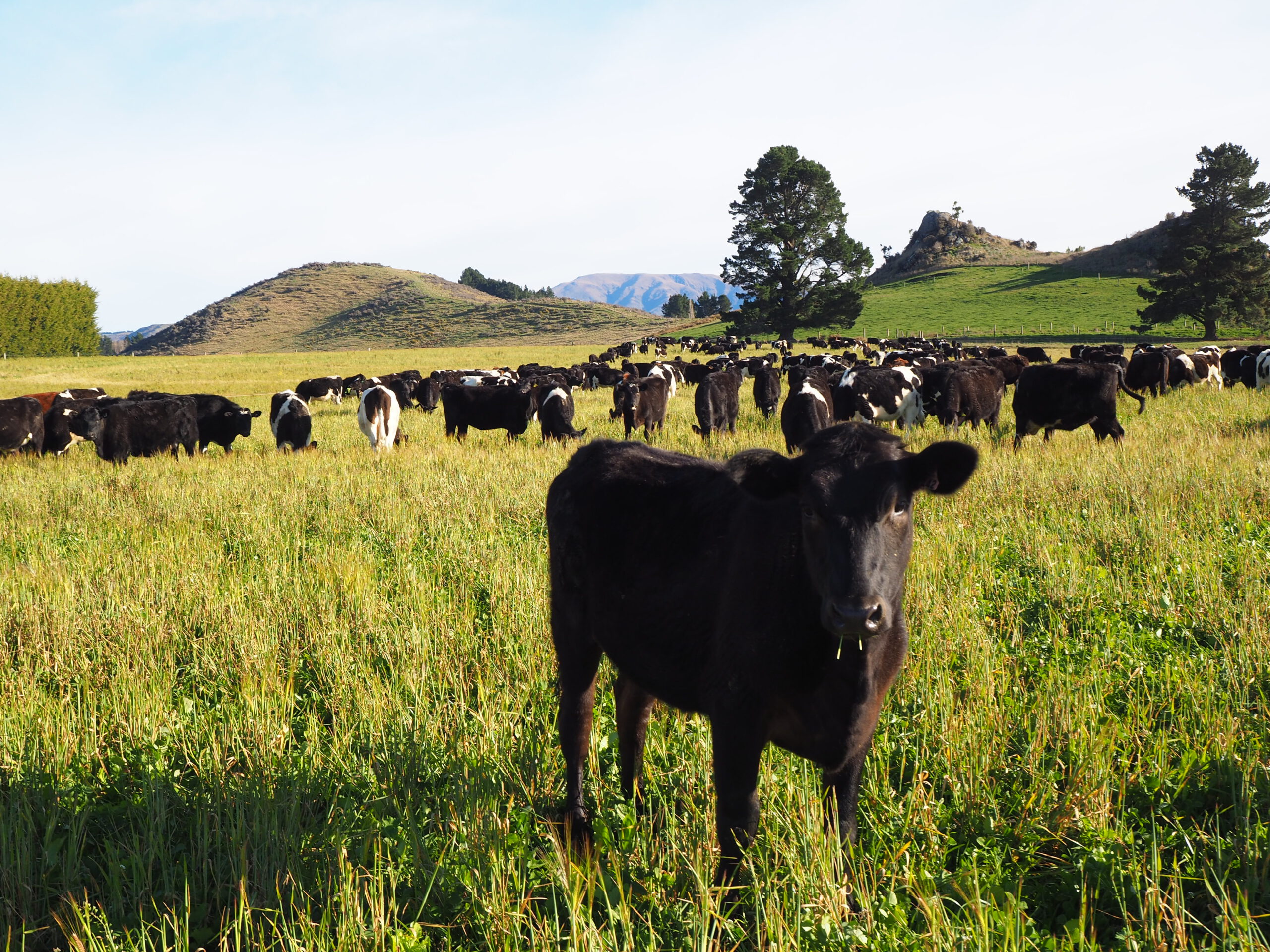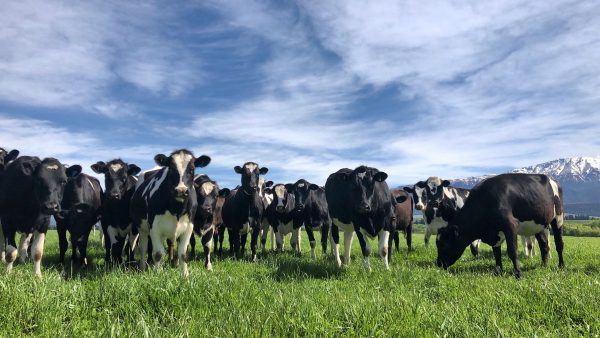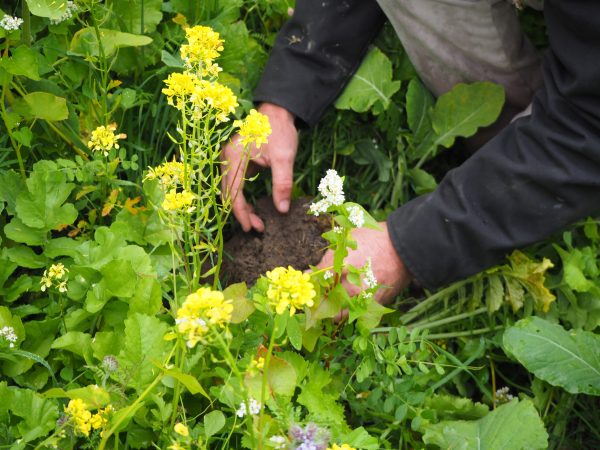
Our Regenerative Study
At Align, our mission is to align with nature to produce nutrient-rich foods – so we can advance human health, and create a resilient, diverse,
and productive environment. And we believe regenerative farming has a key role to play in
making that mission happen.
Why are we exploring regenerative farming?
Even so, to date there has been little empirical data specific to regenerative farming in New Zealand. This makes it difficult to see just how much the system could benefit New Zealand farmers, both economically and environmentally. That’s why we’re undertaking this study. So we can definitively discover whether regenerative farming leads to a healthier environment, healthier animals, healthier products, and healthier profits.


What do we hope to achieve?
By taking the average of our four previous seasons’ baseline figures on production, profit and environment, we hope to quantify the differences between our conventional and regenerative approaches (while allowing for seasonal variations).
With this study, we aim to give the New Zealand dairy farming community realistic, unbiased, and informed data about regenerative farming. So they can make an informed decision on whether to adopt a regenerative approach.
What are we measuring?
We’re gathering data across five key areas; financial, environmental, animal health, milk quality, and social impact. By focusing on these areas, we hope to build an accurate picture of the environmental and economic benefits of conventional vs. regenerative farming.
-
Financial Findings
We’re gathering detailed information on milk solids production per hectare, farm working expenses, item expenses, pasture quantity consumed, and more.
-
Environmental Findings
We’re collecting data on water quality, organic matter changes, the soil’s water-holding capacity, and bacterial activity in the soil.
-
Animal Health Findings
We’re recording all health issues and in-calf outcomes, measuring milk production, and noting the production efficiency per kilo of dry matter.
-
Milk Quality Findings
We’re monitoring the nitrogen levels, Omega levels, linoleic acid levels, and macro and micronutrients in our milk.
-
Social Findings
We’re surveying our team and community, and keeping tabs on social media engagement, website traffic, media references, and more.




